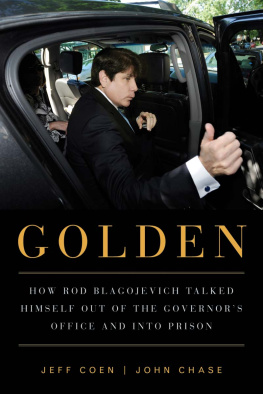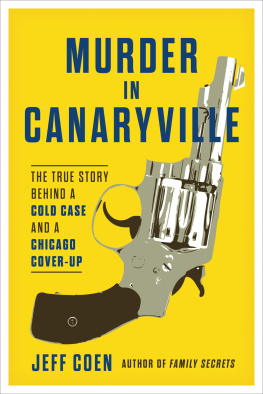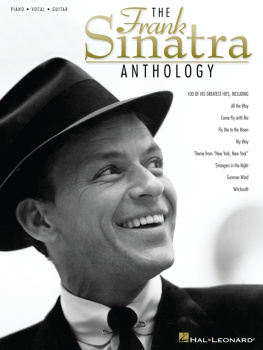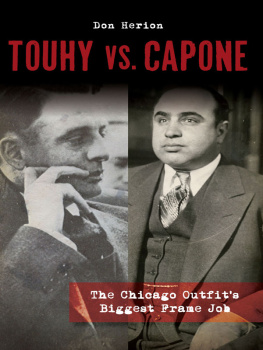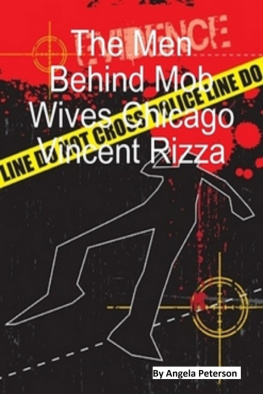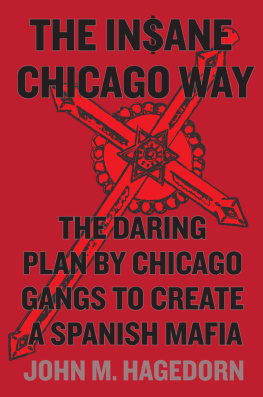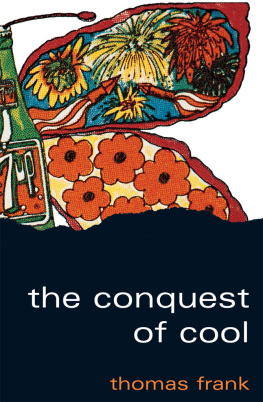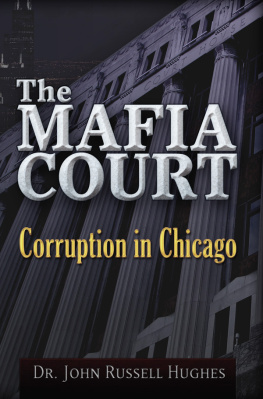FAMILY
SECRETS
The Case That
Crippled
the Chicago Mob
JEFF COEN

The Library of Congress has cataloged the hardcover edition as follows:
Coen, Jeff.
Family secrets : the case that crippled the Chicago mob / Jeff Coen. p. cm.
Includes index.
ISBN-13: 978-1-55652-781-4 (cloth)
ISBN-10: 1-55652-781-0 (cloth)
1. MafiaIllinoisChicago. 2. Outfit (Organization).
3. Organized crimeIllinoisChicagoHistory. 4. CriminalsIllinoisChicagoBiography. 5. MurderIllinoisChicagoCase studies. 6. Trials (Murder)IllinoisCase studies. I. Title.
HV6452.I32O874 2009 |
364.15230977311dc22 | 2008040135 |
Cover design: Rachel McClain
Interior design: Pamela Jurez
Map design: Chris Erichsen
Jacket photographs courtesy of the U.S. Department of Justice
FRONT COVER
Top row: Joseph Hansen, Frank Calabrese Sr., Angelo the Hook LaPietra, Michael Spilotro
Row 2: Frank Gumba Saladino, collection receipt
Row 3: Joey the Clown Lombardo (1974)
Row 4: William Butch Petrocelli, John Fecarotta
Row 5: George Jay Vandermark, Frank Calabrese Jr., Frank the German Schweihs, James Jimmy Light Marcello
Row 6: Ortiz/Morawski crime scene photo, Joey Doves Aiuppa, Gerald Scarpelli
BACK COVER
Top row: Cagnoni crime scene photo, government exhibit #1: the Last Supper photo
Row 2: unidentified mug shot from FBI photo array
Row 3: fingerprints on Ford LTD title application, Ortiz/Morawski crime scene diagram
2009 by Jeff Coen
All rights reserved
First hardcover edition published 2009
First paperback edition published 2010
Published by Chicago Review Press, Incorporated
814 North Franklin Street
Chicago, Illinois 60610
ISBN 978-1-56976-545-6
Printed in the United States of America
5 4 3 2 1
This only have I found:
God made mankind upright,
but men have gone in search of many schemes
ECCLESIASTES
CONTENTS
AUTHORS NOTE
Source material for this book consists primarily of court transcripts, interviews with central players in the case, trial exhibits, and notes taken while I covered the Family Secrets trial for the Chicago Tribune during the summer of 2007.
Many of the quotations in the book were taken from transcripts, most notably in chapters that cover the trial testimony of Nick Calabrese and Joey the Clown Lombardo. Accounts of conversations recorded at the federal prison in Milan, Michigan, also were taken from transcripts of the actual discussions. The government prepared printed versions of the Milan conversations, which became trial exhibits.
Many documents and photos used in this book and shown to the jury during the trial were made available to the public by the U.S. Attorneys Office in Chicago.
Other reference material included stories from the archives of the Chicago Tribune and the Chicago Sun-Times. Prior to the time I covered the case for the Tribune, many detailed stories on Family Secrets were produced by Tribune reporters Matt OConnor and Todd Lighty, former Tribune reporter Rudolph Bush, and Tribune columnist John Kass. Reporter Steve Warmbir covered the case and the trial for the Sun-Times, and his work is widely respected as well.
Reuters coverage of the Las Vegas case involving the Spilotros and the Hole in the Wall Gang was reviewed, as were stories by the late John OBrien, a legendary Tribune scribe whose colorful stories are still remembered at the Tribune Tower and the Dirksen U.S. Courthouse in Chicago.
One final important note: The narrative accounts of murders included in the book were taken from the testimony of trial witnesses and case documents. Most of the descriptions of homicides included in the case and repeated here were provided to the government during debriefings of Nick Calabrese, and later by Nick himself to the Family Secrets jury, which was not able to unanimously assign blame for all of the killings.
1
A KILLING
BETWEEN FRIENDS
Taking a life was like a riddle to be solved or a puzzle to be slowly pieced together, and by 1986, Nick Calabrese was a pretty patient guy.
He was hardly the bruising movie version of the mob hit man, some beefcake with a machine gun and a chiseled jaw who bursts into a restaurant in a pinstriped suit to flatten someone, sending plates of ravioli and a checkered tablecloth flying. There was no swagger or bravado about him. You could walk toward him on the street and pass by without a second thought or glance.
He had an everyman appearance to be sure, but many would have been wiser not to be fooled. Nick was a deadly and cool technician. He would stalk his victims, trailing them and learning as he watched them move. Sometimes his hit squads would lurk for weeks, looking for the best way to strike and then escape detection.
Follow the target long enough and a pattern would emerge; eventually a weak spot in his daily routine could be recognized and then efficiently exploited. There was almost always a time when the victims guard would be down or he could be found in an opportune spot. Trickery and deceit were preferred to the daylight ambush. Making a good kill was about guile and cunning and surprise, and not always blasting in and then out if need be. Finding the right angle or lure usually made all of that unnecessary.
The idea, of course, was not to get caught. So the Chicago Outfit liked to take its victims to secret places, such as garages or basements, closed businesses, or empty buildings. Its killers appeared like phantoms and vanished quickly.
For the least accessible victims, maybe a bomb was the answer, as the Outfit took every step to try to keep the advantage. Men like Nick were responsible for figuring out how the killing should be accomplished and then doing what had to be done and disappearingthough sometimes they would stop for coffee when they were through. There was no bragging and no returning to the scene of the crime to take it in.
Most of the time it was only later that the sinister handiwork would turn up: a body in a gulley or stuffed mostly naked in a trunk, tied up and contorted with a gaping wound to the neck.
In many ways that layer of mystery was better when the goal was keeping Chicagos criminal underworld in line, sending a constant threatening chill over the streets. For some the threat of being killed was always there and felt as if it could come from any direction. That was good business for the mob, keeping Outfit associates and customers alike looking over their shoulder. Break the Outfits rules or dont pay who youre supposed to pay, and that could be it. The next time anyone sees you, theres a group of cops standing over your corpse, with flashes going off while your picture is taken for the file.
Bosses in the Chicago Outfit marked many for death to protect the organization, sometimes from a witness who might talk to the feds and sometimes to punish a member who stepped out of line or brought too much heat. Sometimes it was just to make a bloody example out of an enemy, and Nick was among the trusted few called upon to do the ugliest of jobs.
Nick was a weapon, although a mostly reluctant one.
He had allowed himself to begin down the dark path, never having the courage to make it all stop. He had been in the navy and had held real jobs. Hed been a union ironworker and had a family. None of that had involved digging holes or lying in wait for the unwary with a rope or a gun.


